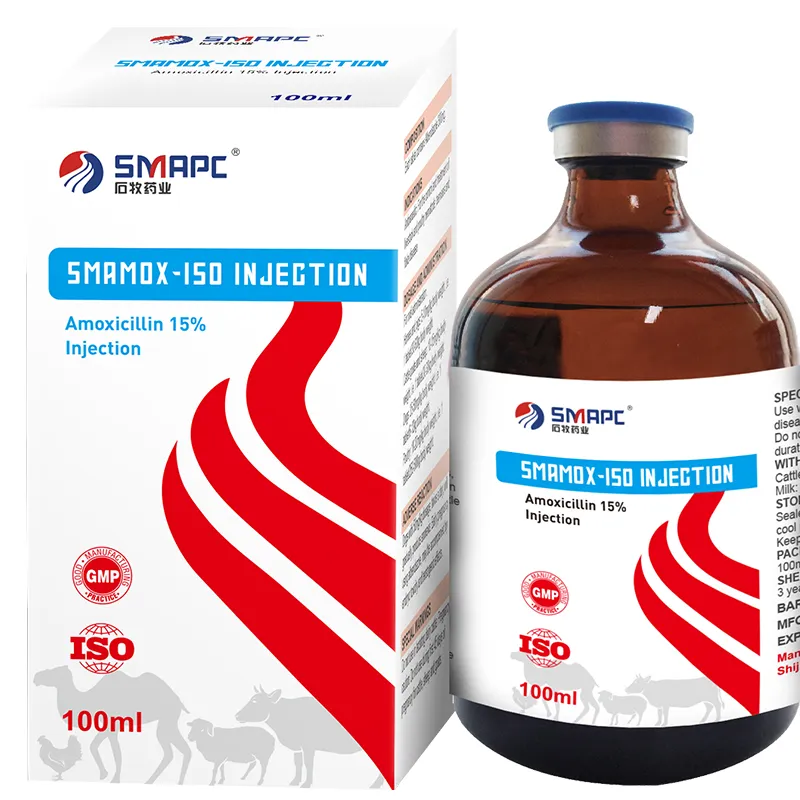Common conditions in cattle that can be treated with homeopathy include respiratory infections, digestive disorders, and skin issues. For instance, a remedy such as Hepar sulphuris may be used for cattle suffering from respiratory problems, while remedies like Nux vomica can address digestive disturbances. The selection of the appropriate remedy is based not only on the symptoms but also on the animal’s overall constitution, behavior, and environmental factors.





